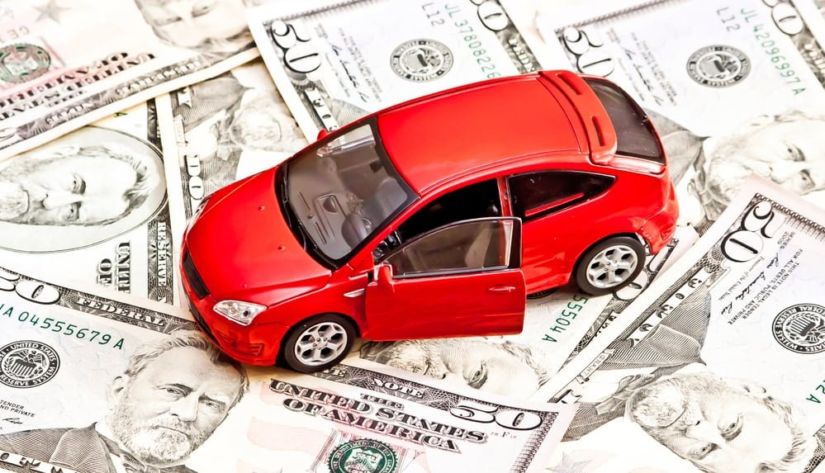It’s that time again: out with the old, in with the new! Time to get your hands on a nice, shiny new car, and trade in your old one that you’ve had for five or six years (or 10+ years, if you’re stubborn and have shopping restraint). It’ll be nice to get into that new truck or sedan, and have that new car smell delight your nostrils. New technology at your fingertips, better fuel economy, and updated safety features are also a huge plus.
But wait, you learn that you can trade-in your vehicle, and put that value towards the purchase of your next car? Sweet!
What is Trade-In Value?
What is trade-in value, you ask? The trade-in value is the amount of credit that a car dealer will give you towards the purchase price of a new or used car, simply by trading in your old car.
Pretty sweet, right? Now, this isn’t a fixed-price across the board. The trade-in value is determined by numerous factors, including how popular the car is on the current market. Primarily though, this value is heavily determined by the condition of your vehicle. A vehicle with severe rust issues, dents, dings, scrapes, peeling paint, or a serious mechanical problem is going to be worth significantly less than an identical model that doesn’t have those issues. If your vehicle is in top shape, the savings could potentially reach the thousands, meaning you’ll see a sizable chunk taken off the purchase price of your new ride.
This is helpful in more ways than one, considering a lower overall price means a lower car payment if you end up financing the purchase. Keeping the loan length short will also help reduce the sting of the interest rate.
Great For the New Car, Depressing When You Think About It
Here’s the depressing part of it because there’s always a downside in this market.
Since the dealer is going to need to make money off selling the car you traded in used, you won’t be getting anywhere near the price you paid for it years ago. For example, that car you paid $20,000 for five or six years ago will now only get you a thousand or two in savings off the price of your new vehicle. Then, if it’s in good enough condition, the dealership will revamp it and sell it for $9,000.
Those numbers don’t relate to any car in particular, and I didn’t do any specific calculations on a certain vehicle. This is just a quick example to show you how the process works.
On the upside, you are getting that new car for a couple thousand dollars less than you would without a trade-in vehicle. On the downside, the trade-in value of your old car is no where near what you initially paid for it, due to depreciation. When you buy a new car, it immediately loses value and will continue to lose value until it becomes a goose egg on paper. By five or six years of ownership, your car has already lost a decent chunk of its overall value, which means you can’t trade it back in, let alone sell it, for anywhere close to the price you paid.
It’s a necessary evil, and depreciation actually allows used cars to circulate back into the market. So, just be prepared for when you trade in your vehicle because factors like the condition, the popularity of the model, the type of car, and depreciation all help determine your vehicle’s trade-in value.



